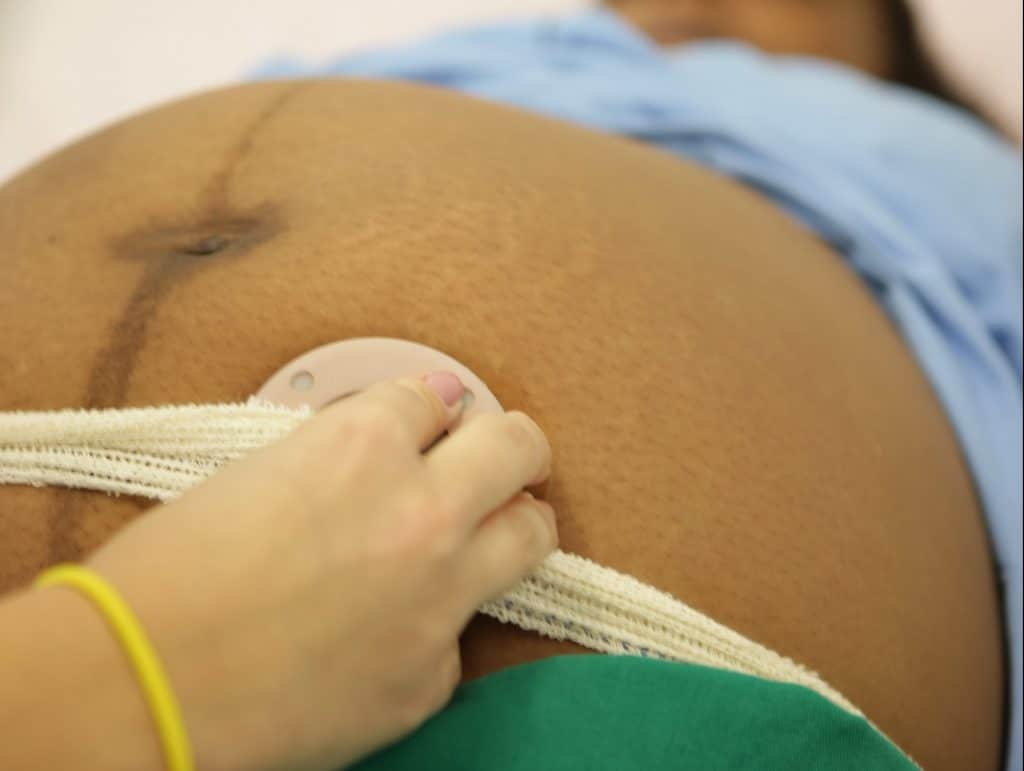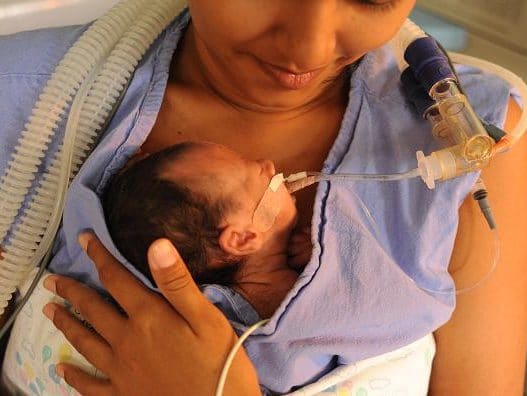Portal de Boas Práticas em Saúde da Mulher, da Criança e do Adolescente
O Portal de Boas Práticas é uma iniciativa do Instituto Nacional de Saúde da Mulher, da Criança e Adolescente Fernandes Figueira (IFF), da Fundação Oswaldo Cruz (Fiocruz), do Ministério da Saúde (MS).
Integrado por instituições de ensino e pesquisa de todo o Brasil, o Portal está inserido no contexto do papel nacional do IFF: gerar e difundir conhecimento para a implantação de políticas e programas de saúde inerentes as suas atividades, baseados no cenário demográfico e epidemiológico e na melhor evidência científica disponível.
Este site é regido pela Política de Acesso Aberto ao Conhecimento, que busca garantir à sociedade o acesso gratuito, público e aberto ao conteúdo integral de toda obra intelectual produzida pela Fiocruz.




